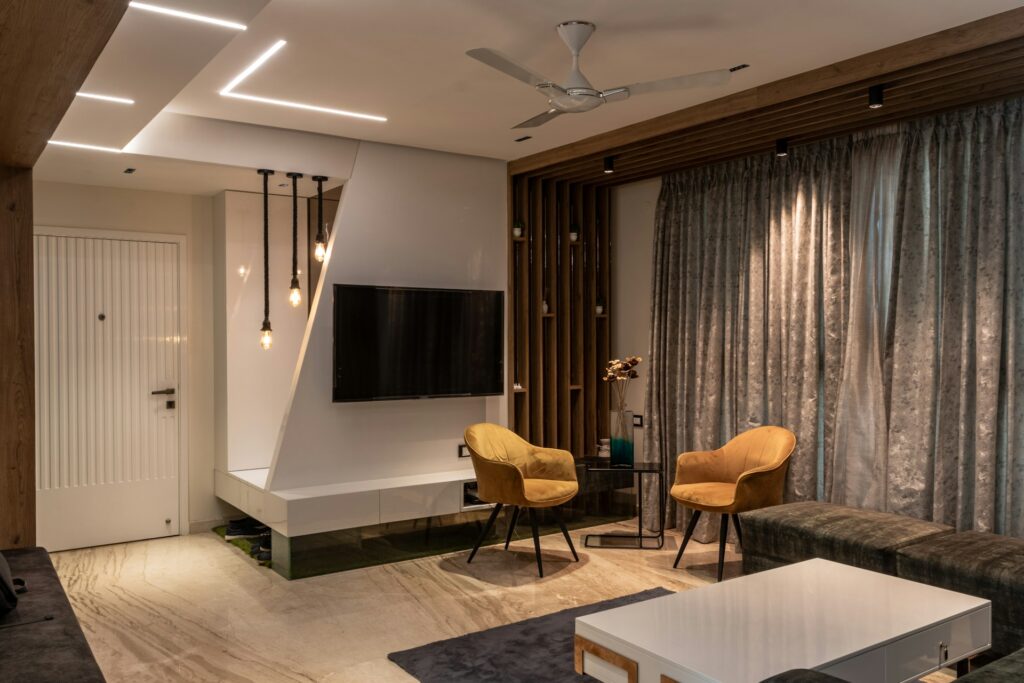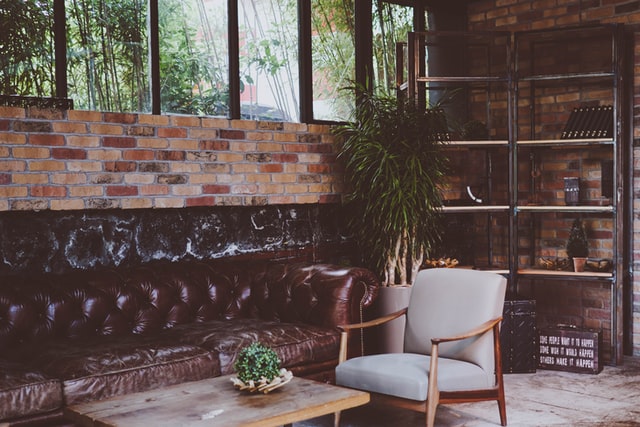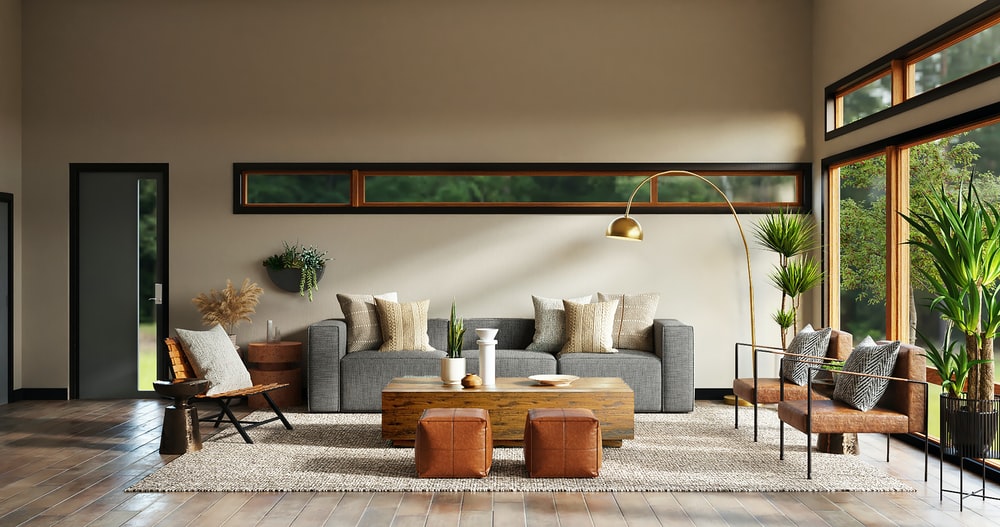The role of Residential interior designer involves creating functional and aesthetically pleasing living Environment for clients. Here are the key responsibilities:

The role of a residential interior designer is multifaceted, combining creativity, technical knowledge, and project management skills to transform living spaces into functional, aesthetically pleasing environments that align with the client’s needs and preferences. Here’s a detailed breakdown of their responsibilities and the processes involved:
Initial Consultation and Needs Assessment
The design process typically begins with an initial consultation where the interior designer meets with the client to understand their lifestyle, tastes, functional requirements, and budget constraints. This phase involves active listening and probing questions to grasp the client’s vision for their home.
Space Planning and Layout Design
One of the core responsibilities of a residential interior designer is space planning. This involves analyzing the spatial layout of the home and devising a functional floor plan that optimizes the use of space. Key considerations include traffic flow, furniture placement, and the overall spatial relationship between different areas of the home.
Concept Development and Design Schemes
Based on the client’s preferences and requirements gathered during the consultation phase, the designer develops design concepts and schemes. This includes choosing a design style (e.g., modern, traditional, eclectic), selecting color palettes, textures, materials, and other aesthetic elements that will define the look and feel of the space.
Material Selection and Specification
Interior designers are responsible for selecting and specifying materials, finishes, furnishings, and fixtures that not only complement the design concept but also meet functional requirements. This includes evaluating the durability, maintenance requirements, and aesthetic appeal of each material choice.
Furniture, Fixtures, and Equipment (FF&E) Selection
Choosing the right furniture, lighting fixtures, appliances, and decorative accessories is crucial in completing the design vision. Interior designers source and specify FF&E items that align with the overall design scheme while considering comfort, ergonomics, and the client’s personal taste.
Lighting Design
Lighting plays a crucial role in enhancing the ambiance and functionality of residential spaces. Interior designers create lighting plans that include ambient, task, and accent lighting to illuminate different areas of the home effectively and create a desired mood.
Collaboration with Contractors and Suppliers
Interior designers collaborate closely with architects, contractors, craftsmen, and suppliers throughout the project. They ensure that construction and installation processes align with the design intent, overseeing everything from site visits to coordination of deliveries and installations.
Project Management and Budget Control
Managing timelines, budgets, and resources is integral to the role of a residential interior designer. They develop project schedules, monitor progress, and ensure that expenditures remain within budgetary constraints while maintaining quality standards.
Documentation and Presentation
Clear and detailed documentation is essential for conveying the design vision to clients and contractors. This includes preparing drawings, mood boards, 3D renderings, and specifications that illustrate the proposed design elements and their implementation.
Continuous Learning and Professional Development
Staying updated with industry trends, new materials, technologies, and design innovations is crucial for residential interior designers. Continuous learning through workshops, seminars, and networking helps them offer clients the latest in design options and solutions.
Client Communication and Satisfaction
Throughout the entire process, effective communication with clients is paramount. Residential interior designers must manage expectations, provide regular updates, and address any concerns or revisions promptly to ensure client satisfaction.
Post-Completion Services
After the project is completed, some designers offer additional services such as styling, accessorizing, and providing maintenance advice to help clients settle into their newly designed spaces comfortably.
In essence, a residential interior designer acts as a facilitator, translating their client’s aspirations into tangible design solutions that enhance the quality of life and reflect their personal style within their home environment. This requires a blend of artistic flair, technical proficiency, project management skills, and a deep understanding of human behavior and spatial dynamicsR


